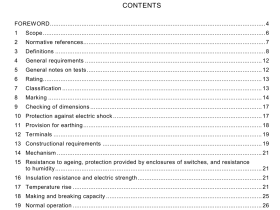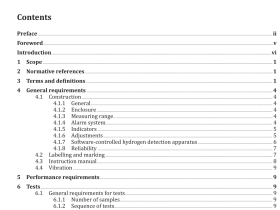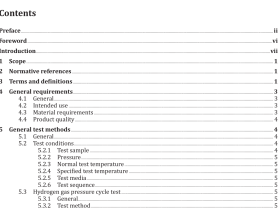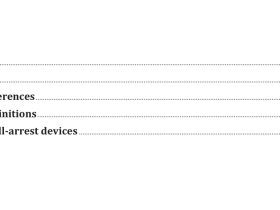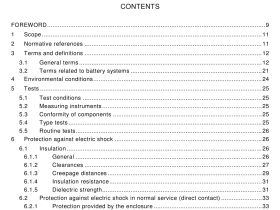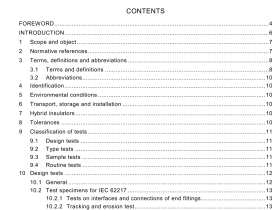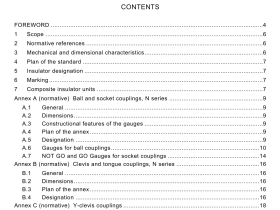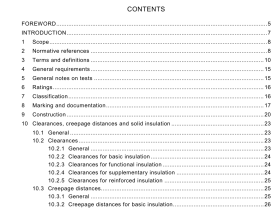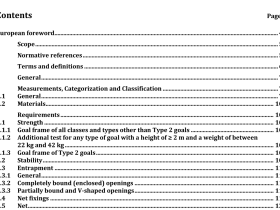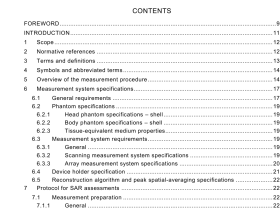AS 5329 pdf download
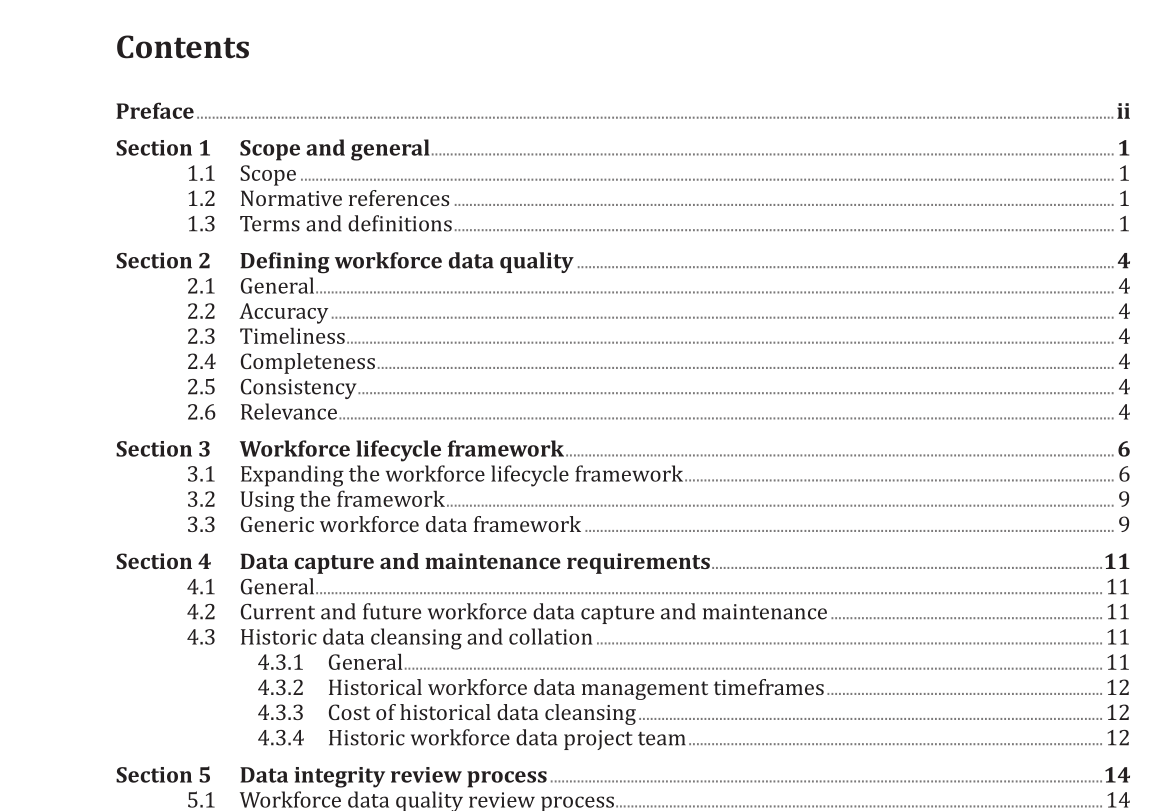
AS 5329 pdf download,Workforce data quality
1.3 Terms and definitions
For the purposes of this document, the following terms and definitions apply. 1.3.1 accuracy the degree to which data reflects the parameters being measured including consideration for the purpose and use of data 1.3.2 completeness relevant data recorded at level of granularity required 1.3.3 consistency capture of data over length of time in the same format, coding and naming conventions and used in the same way 1.3.4 data reinterpretable representation of information in a formalized manner suitable for communication, interpretation, or processing [SOURCE: ISO 10303-1:1994, 3.2.15] 1.3.5 data set logically meaningful grouping of data Note 1 to entry: An example of a data set is electronic data interchange (EDI).1.3.6 data quality degree to which a set of inherent characteristics of data fulfils requirements 1.3.7 data quality management coordinated activities to direct and control an organization with regard to data quality 1.3.8 information knowledge concerning objects, such as facts, events, things, processes, or ideas, including concepts, that within a certain context has a particular meaning 1.3.9 may indicates the existence of an option 1.3.10 measure ascertain or determine the magnitude or quantity of something 1.3.11 measurement result of measuring something 1.3.12 objective evidence data supporting the existence or verity of something Note 1 to entry: This can be determined through observing, measuring, testing or other means. 1.3.13 process set of interrelated or interacting activities that use inputs to deliver an intended result 1.3.14 quality degree to which a set of inherent characteristics of an object fulfils requirements Note 1 to entry: The term “quality” can also be used with adjectives such as poor, good or excellent. Note 2 to entry: “Inherent”, as opposed to “assigned”, means existing in the object. 1.3.15 relevance ability to use data to generate meaning, insights and interpretations for specified audience 1.3.16 requirement need or expectation that is stated, generally implied or obligatory 1.3.17 shall indicates that a statement is mandatory 1.3.18 should indicates a recommendation1.3.19 timeliness responsiveness in the availability of data, accounting for cyclical impacts Note 1 to entry: For example, seasonal trends. 1.3.20 validation confirmation, through the provision of objective evidence, that the requirements for a specific intended use or application have been fulfilled 1.3.21 verification confirmation, through the provision of objective evidence, that specified requirements have been fulfilled 1.3.22 workforce anyone engaged in providing labour or service that contributes to organisational outcomes Note 1 to entry: This includes direct employees (on payroll), agency staff, contractors, consultants and volunteers. 1.3.23 workforce data information represented in a formal manner relating to labour or service that contributes to organisational outcomes 1.3.24 workforce data quality degree to which the inherent characteristics of workforce data fulfils requirements Note 1 to entry: “Inherent” means existing in the object.
2.1 General A high level of workforce data quality ensures the basis of decision-making is complete. When considering what data to capture, refer to relevant Australian and international human resource management standards. NOTE 1 Refer to ISO 30414:2018 Table 2 which highlights and recommends a number of metrics for reporting internally and/or externally. NOTE 2 See Appendix A for impacts of poor data quality. 2.2 Accuracy To determine the level of accuracy required for various data first consider the nature of the data being captured. The accuracy of the data determined to be important and should be aligned to relevant industry guidelines. The current accuracy should also form the basis for future targeted accuracy. 2.3 Timeliness Timeliness of data capture and the availability of the data for decision-making and reporting should be taken into account. All required recruitment activities, e.g. resume validation, reference checking, psychological assessment, should be completed prior to employment being offered and commencing. 2.4 Completeness Completeness regularly becomes an issue when forms are partially filled in and/or data partially collected. Some examples of this include — (a) qualifications have not been sighted or verified; (b) referees have not been contacted; and/or (c) information has not been recorded. The risks to the organization and the individual in these instances cannot be underestimated. Mandatory completion of all data collecting, e.g. employment forms, before proceeding to the next stage of the process, may alleviate many of these types of issues.
